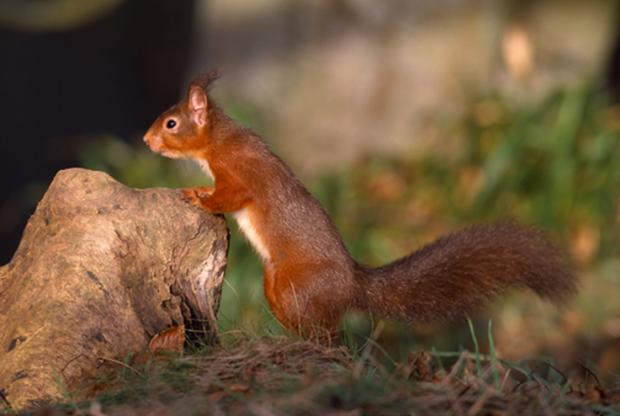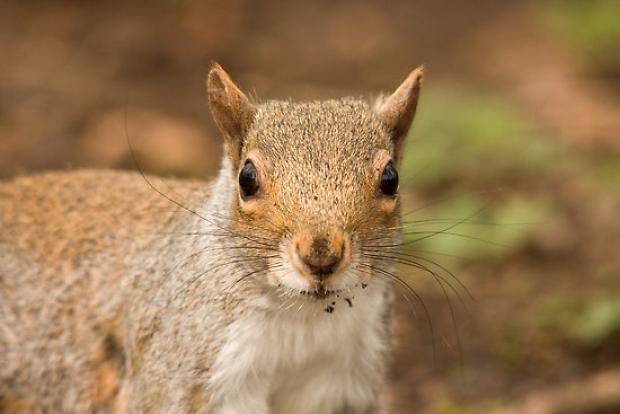Where are squirrels found?
Squirrels are indigenous to the Americas, Eurasia, and Africa and have been introduced to Australia. Unlike rabbits or deer, squirrels cannot feed upon cellulose and must rely on foods rich in protein, carbohydrates and fat.
In temperate regions, early spring is the hardest time of year for squirrels because buried nuts begin to sprout and are no longer available for the squirrel to eat and new food sources have not become available yet.
During these times squirrels rely heavily on the buds of trees. The tree squirrel’s diet consists primarily of a wide variety of plant food; this includes nuts, seeds, conifer cones, fruits, fungi and green vegetation.
However some squirrels also consume meat, especially when faced with hunger. Squirrels have been known to eat insects, eggs and young birds.
The native European Red Squirrel (Sciurus vulgaris)

| Body length | 20-22cm |
|---|---|
| Weight | 250-300g |
| Colour | Variable: bright red to dark brown, often with 'bleached' tail and ears, with a paler belly |
| Ears | Tufted in winter |
| Habitat | Predominently restricted to coniferous forest |
| Diet | Seeds, nuts, buds, fungi and berries |
| Breeding | 1-2 litters with 3-4 kittens |
| Pox virus | Very susceptible - most dies within 10-14 days of infection |
| Range | Northern European, however subspecies extaned across Asia |
The non-native Eastern Grey Squirrel or Grey Squirrel (Sciurus carolinensis)

| Body length | 25-27cm |
|---|---|
| Weight | 600g |
| Colour | Variable: normally grey, often with hints of reds, browns and in some places black. All generally with a paler belly |
| Ears | Never tufted |
| Habitat | Largely broad-leafed forest or parkland. Can use mature hedgerows and gardens |
| Diet | Wide ranging, similar to red, plus large seeds, acorns, bulbs, flowers, human food and contents of bird feeders |
| Breeding | 2-4 litters with 4-6 kittens |
| Pox virus | Carrier but largely unaffected |
| Range | Eastern United States and southern Canada. Introduced to Ireland, UK, Italy and South Africa (was eradicated from Australia 1973) |
